This month composer/performer Carmen Braden brings us reflections on the coming of spring to her home in Yellowknife, calling for all of us to draw on the tools offered by acoustic ecology to open our ears to the sonic transformations that continually surround us – wherever we may be.
By Carmen Braden
Since learning about the field of acoustic ecology 5 years ago, I have begun to apply its principals – both traditional and evolving – to my own work as a composer as well as a citizen. A few weeks ago I returned home to Yellowknife for the summer in between school years and I have found myself more fascinated than ever before at the rich and beautiful soundscape of the Canadian sub-Arctic. I would like to describe some of my observations in the hopes of bringing others to an aural awareness of this change of seasons.
The sound of the wind changes as leaves in the birch and poplar trees began to open just a few days ago. This year the leaves seemed to appear within 48 hours, and the dry hush of wind in the pines and naked deciduous trees changed quickly to a fuller, richer sound. The melting of snow appears to be an uneventful sonic experience, resulting in mainly the sound of water running. However, after six months of not hearing water running, this sound is a welcome harbinger of spring. Migrating tundra swans and geese fly overhead and won’t be heard until the fall; other summer birds like eagles and robins arrive to stay for the brief summer. And of course, the slim small scream of the mosquitos is the bittersweet sacrifice we must live with knowing the warm temperatures have returned.
The ice on the lakes grew up to 5 feet thick this winter, and takes much longer to melt than the 2 feet of dry snow covering the land. Some ice on Great Slave Lake will last well in to June and even July before completely melting. This gradual transformation from huge sheets of relatively solid ice to liquid water is a fascinating process to observe, and equally fascinating to listen to. The ice squeaks, groans, whines, grinds, and whispers. Bubbles rise to the lake surface as they are freed from being frozen inside the ice. Huge pans begin to loosen from each other and are pushed by the wind and waves until they plow into each other or the shore (or whatever boat, dock, or houseboat is in their way). When river ice breaks up, it can be a violent, noisy affair as thousands of tons of ice pick up speed on their way to the ocean. The last of the ice becomes gentle, small crystalline shards, gradually diminishing in size; these rustle against each other, sounding like glass chimes.
For a brief period there is a lull in machine sounds, as the transitional season puts the skidoos and ice roads to sleep, but must wait for more open water before the boats come out, and the skis are switched to floats on the small bush planes. The sounds of humans themselves seem to appear like another migrating species. No longer muffled by layers of clothing, voices call out over park spaces; and the crunch of cold feet hurrying over snow becomes footsteps echoing off dry pavement.
In other parts of Canada, spring is causing a similar change in the soundscape, and elsewhere in the world seasons are changing as well – and some are doing the opposite! Each place has its signature soundmarks. Keep your ear open for subtle changes – once you hear them, they can be as welcome as the higher temperatures and green grass.
Author Bio:
Carmen Braden is a composer performer from Yellowknife, Northwest Territories. She received a Bachelor of Music from Acadia University in 2009 and currently studying for her Master’s of Music in composition at the University of Calgary. Her Yellowknife-based company Black Ice Sound creates soundscapes, compositions, film scores and field recordings. Carmen’s music includes soundtracks, theatre sound design, works for spoken word, choral, and solo voice, electroacoustic installations, and jazz performance. Carmen has had works performed by the Gryphon Trio, the Penderecki Quartet, the Elmer Iseler Singers, and works have been performed at the 2010 Vancouver Olympics, the National Arts Centre’s Northern Scene Festival and at the 2012 Global Composition conference in Dieburg, Germany. Her work is heavily influenced by the sonic environment of the Canadian sub-Arctic, in particular, of the soundscape of ice.
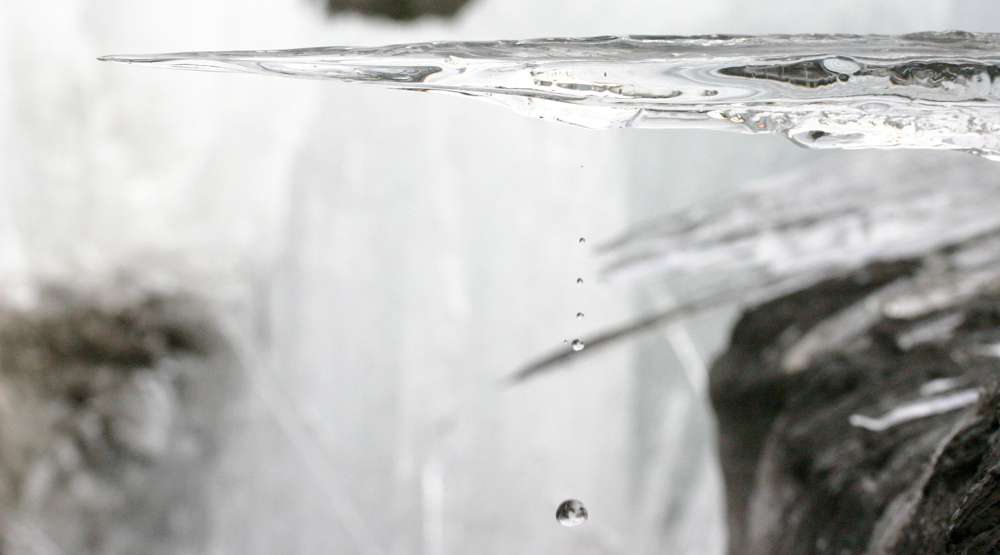
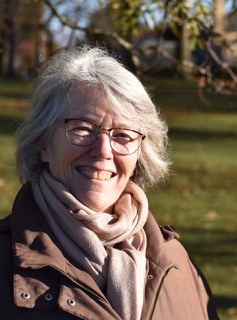
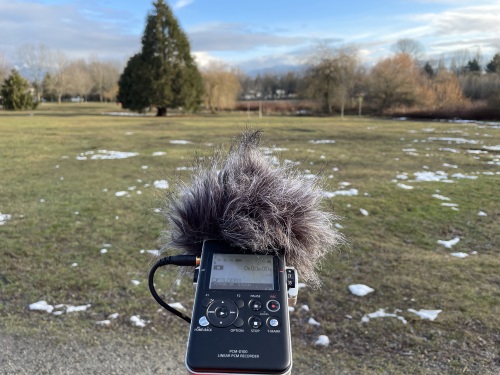
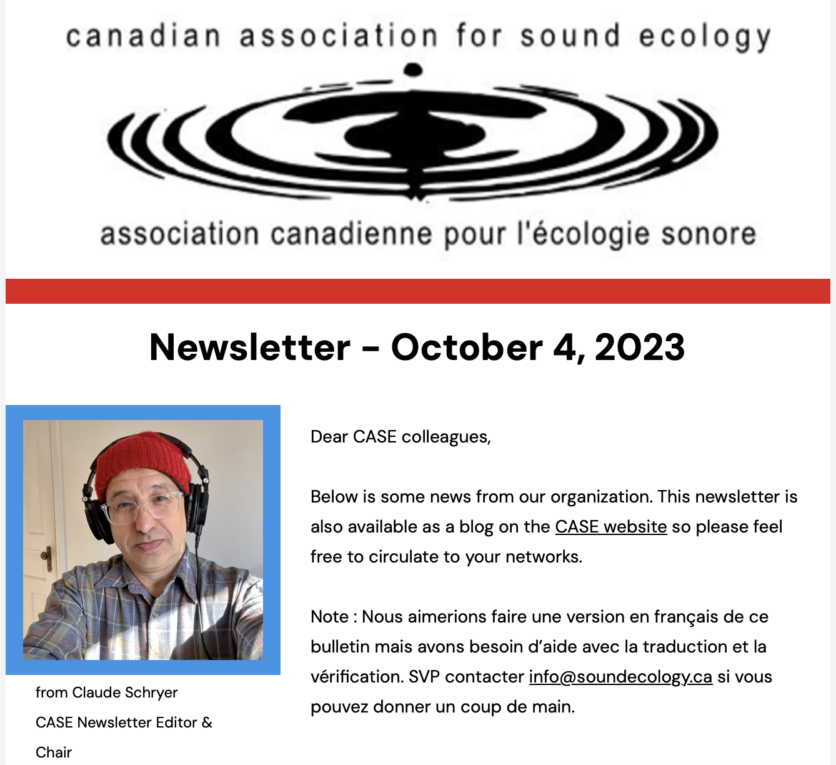

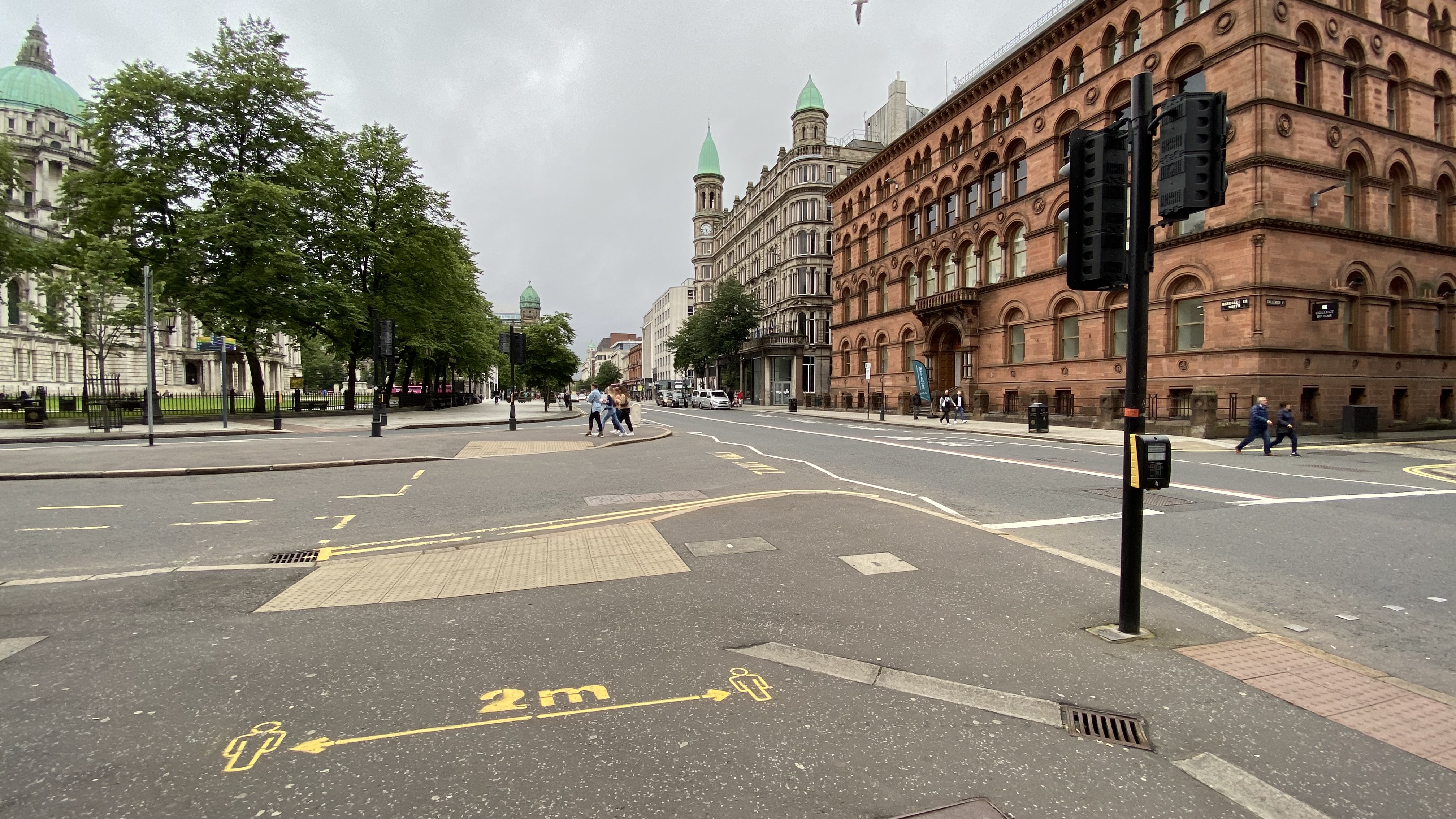
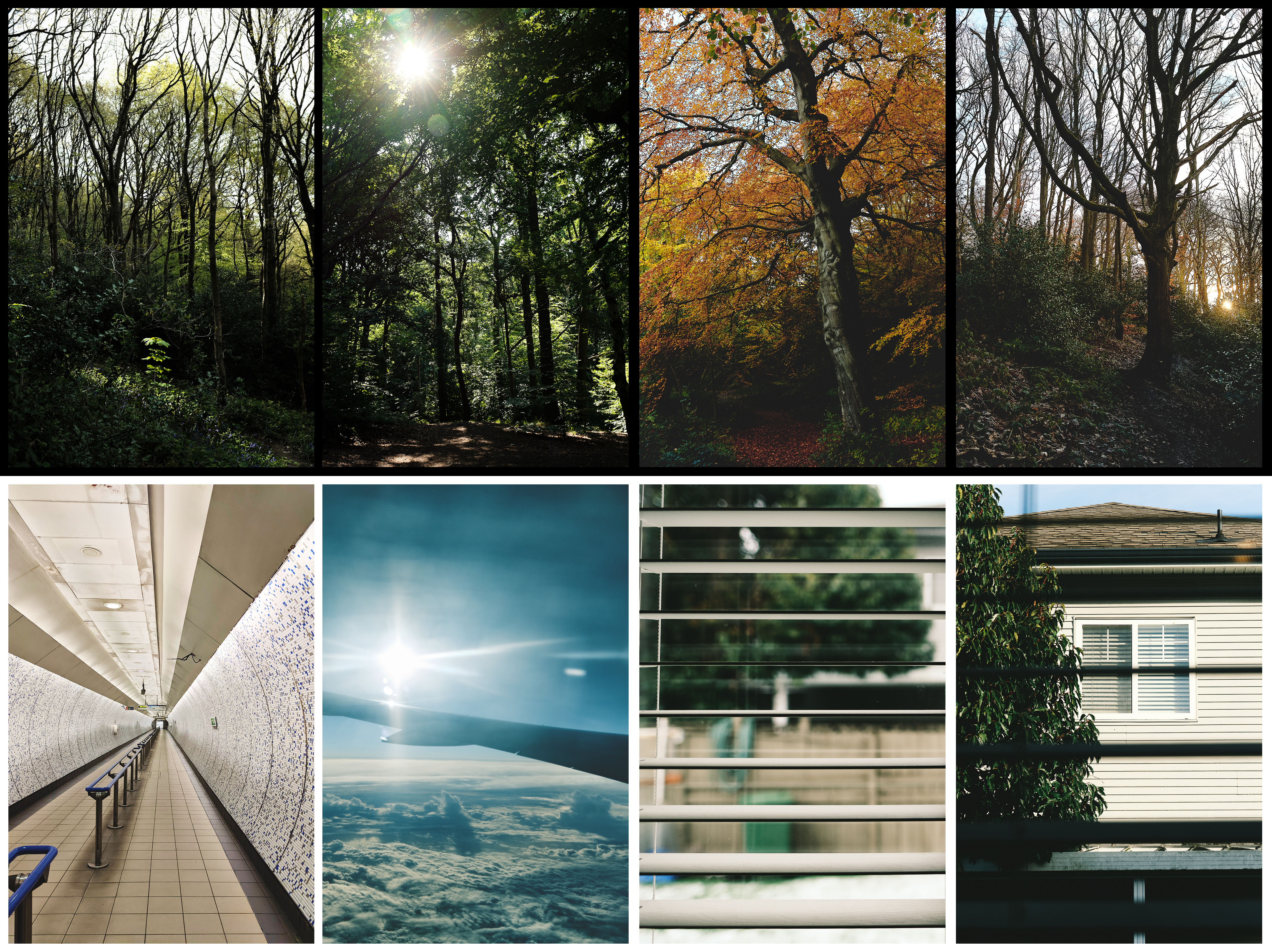
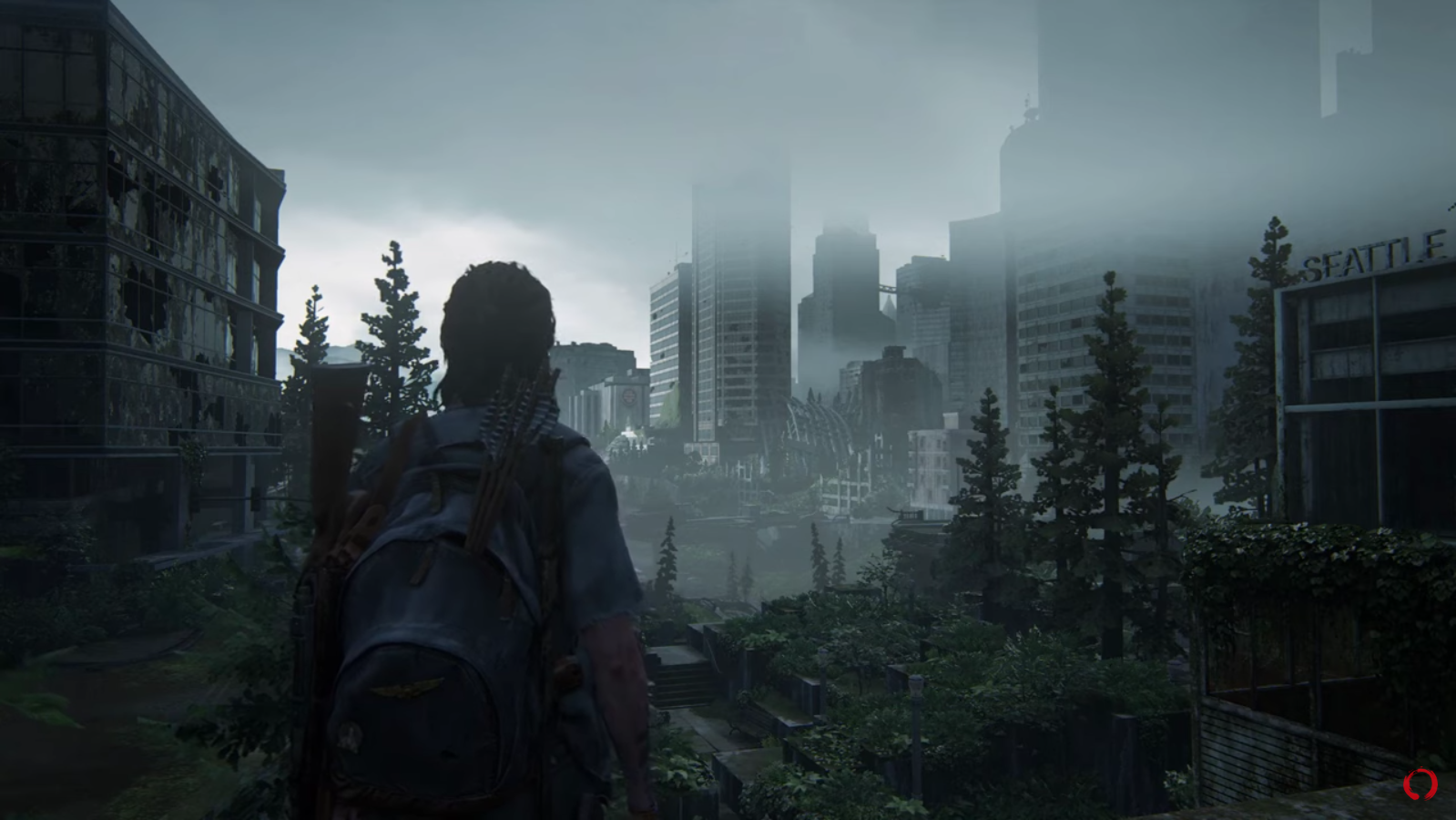
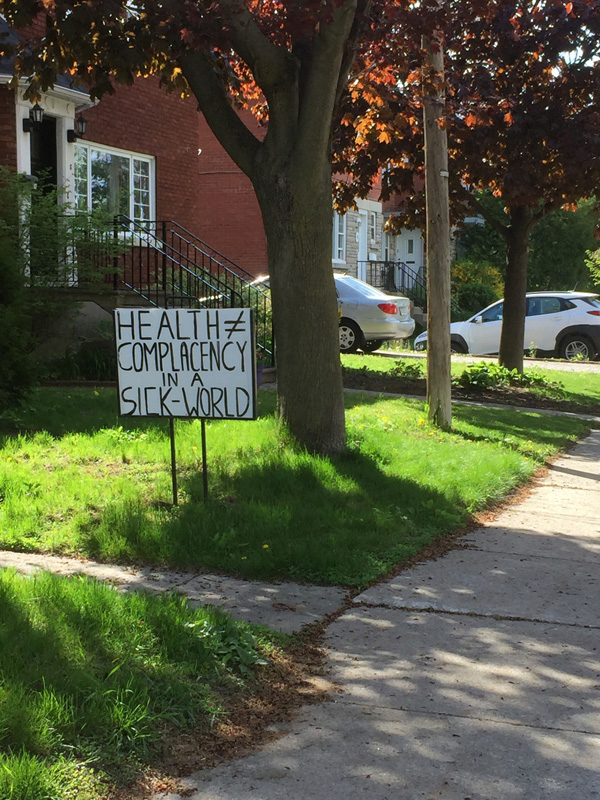


Leave a Reply